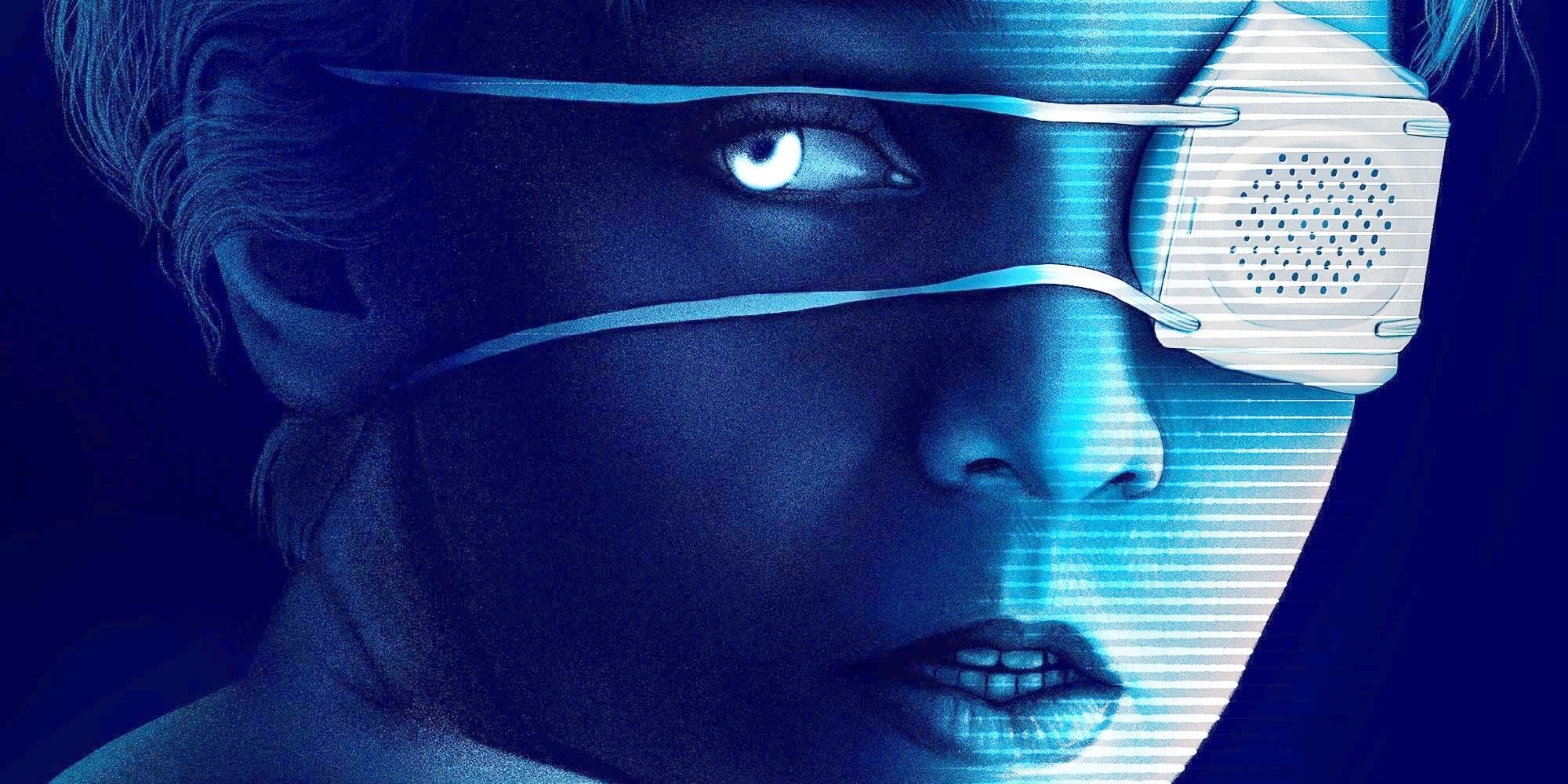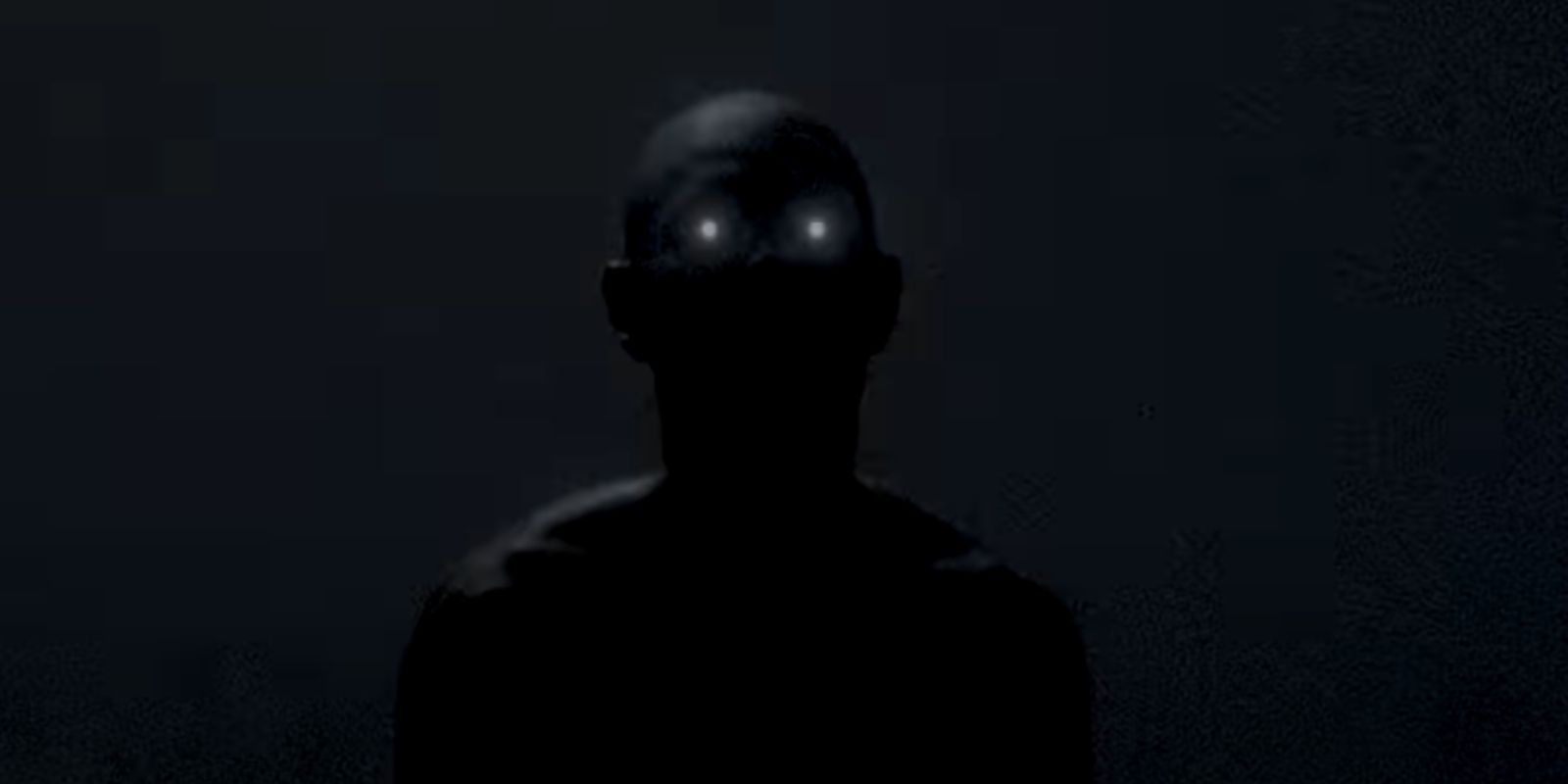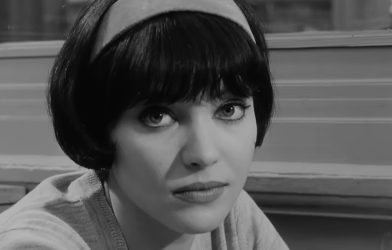Mimicking the surreal whimsy of dream logic has proved difficult across film, music, and fiction mediums. Any project by the late, great David Lynch or avant-garde icon, Alejandro Jodorowsky, has an absurdist tinge to it. Fans have long praised Lynch and Jodorowsky’s projects for possessing this abstract logic with vivid imagery. In Anthony Scott Burns’ 2020 release, Come True, the hazy strangeness is not a vibe, but the meat of the film. Burns accurately recreates the fractured, often frightening logic of dreams and nightmares on the silver screen for a science-fiction horror that will have the audience wondering if they’re trapped inside lead character Sara’s dreams, too!
How the Flashy Visuals Help ‘Come True’ Feel Like A Waking Nightmare
Come True follows Sara, played by Julia Sarah Stone, a down-and-out teen who joins a sleep study for money and a safe place to sleep at night. Functionally homeless, Sara is attracted by the idea of money and security, but more than anything, she is tormented by a reoccurring nightmare that she hopes the study will help rid her of. However, the study is cloaked in secrecy, with none of the scientists willing to disclose any information to Sara, and her nightmares quickly worsen rather than improve. Things spiral into surrealist madness from there. The film uses the hugeness of dreams, sleep, and the human mind to generate much of its horror. Come True edges into cosmic horror territory, at times, with how much emphasis is placed on the unfathomable nature of the human subconscious. To help communicate the almost supernatural role of sleep in Come True, Burns uses extreme visuals, often repeating them in a sing-song way that mimics how images a person sees during their waking hours will reappear in their dreams.
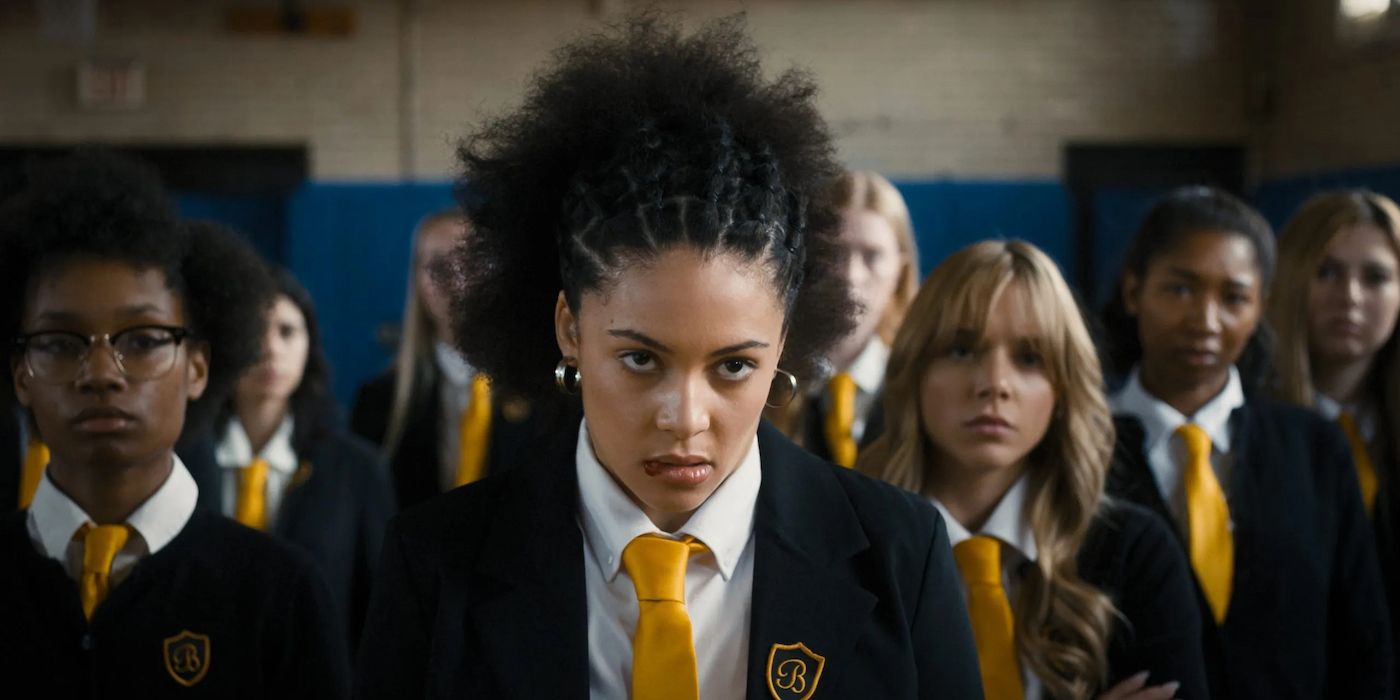
Related
The 7 Best New Horror Movies to Stream on Shudder September 2023
Mark your calendars, there’s only one month left until October!
Most notable among the imagery is the figure that haunts Sara’s nightmares. Part of the reason Sara is sleeping so poorly is this humanoid shape she sees every time she falls asleep. A bit of uncanny-valley magic goes into making the figure so unnerving. It looks like an elongated human with glowing eyes, stretching itself even longer once it uncurls from a hunched position. These elements give the figure an inherently threatening aura that terrifies Sara and unsettles the audience. To help the gloomy figure pop, the rest of the film has a bright and dynamic aesthetic. When Sara is going about her daily life, the world is sterile in cold blues and greens, giving those scenes a fluorescent tinge. As the film dives deeper into the sleep study and Sara’s dreams, there is a lot of neon to emphasize the science-fiction of Come True. These electric, almost 1980s nostalgia-ridden visuals imbue the dreams with such saturation that they feel hyperreal.
‘Come True’ Toys With Cosmic Horror Levels of Dread
Beyond just having dynamic, eye-catching visuals, the plot twists and trippy logic of Come True are what sell the bizarre mind games the film plays on the audience. As the sleep study becomes more intense, the film weaves in some touches of body horror. With the incorporation of grounded, physical horror, the more cerebral horror of the nightmares feels even larger than it did at the start. Come True is not a Lovecraftian film, but its treatment of how powerful and unknowable the human mind is carries the same weight as inconceivable eldritch gods in cosmic horror. The scientists attempting to dig into the human brain and the power of dreams are not unlike the mad geniuses of Lovecraft’s work who toil with forces man was never meant to know. In an interview with Nightmare on Film Street, Burns even says he was inspired by the famous Jeff Goldblum moment from Jurassic Park, when Goldblum’s character warns about technological advancement for advancement’s sake. Combined with how dangerous the sleep study becomes during the course of the film, Come True generates immense pressure, suspense, and an atmosphere of impending doom. This dread hangs over the film, terrorizing its characters and audience with the sheer vastness of power the human mind possesses.
The last act of Come True is hotly debated online, with fans either loving or hating the final twist. Come True is, by its nature, a twisty film, with lots of curveballs thrown in to keep the audience on their toes. However, these reveals do not exist solely to mess with the viewer, but rather to continue to show how deep the subconsciousness goes. The whole thesis of the film is how massive and frighteningly capable the human mind is. The script consistently pulling the rug out from under Sara, and the viewer, is not a “haha, gotcha!” moment, but an extension of this thesis. This is a thoughtful horror that pokes and prods at existential questions even more pressing today than in 2020, and yet, Come True has not found a widespread audience.
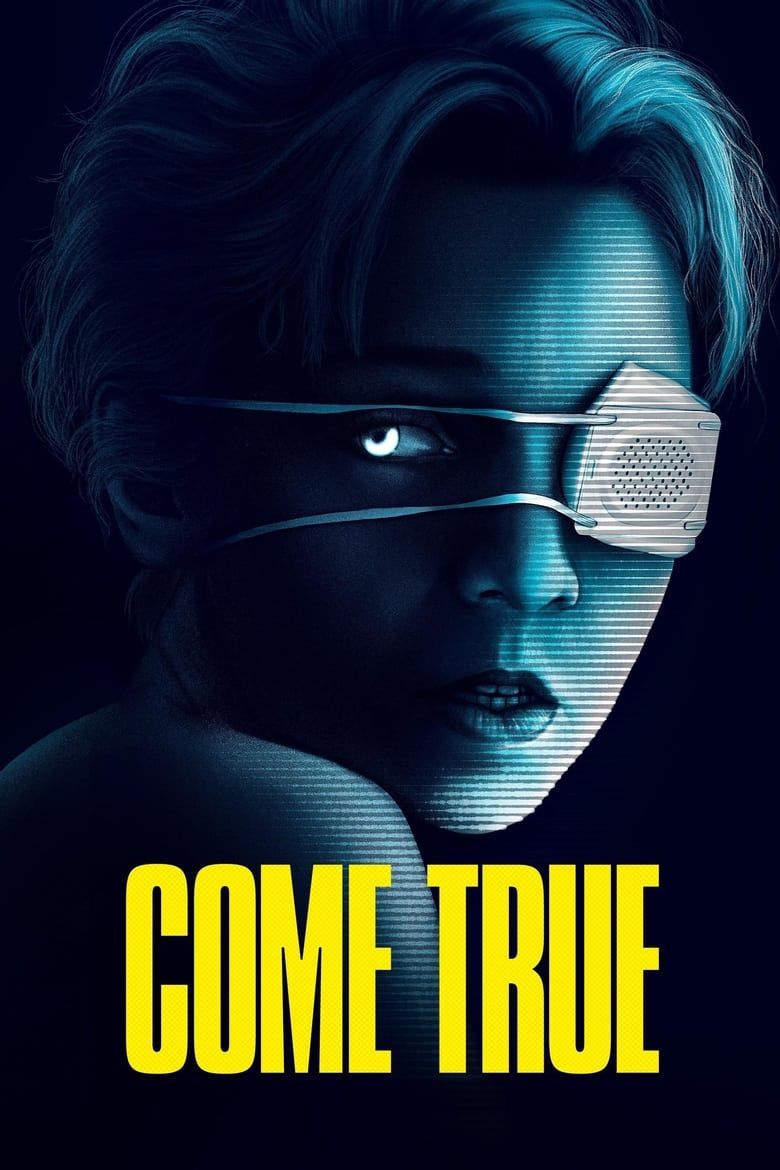
Come True
- Release Date
-
September 24, 2020
- Runtime
-
105 minutes
- Director
-
Anthony Scott Burns
- Producers
-
Steven Hoban, Vincenzo Natali, Bob Crowe, Mark Smith, Andrea Hatzinikolas, Christopher Wallace, Karyn Nolan
-
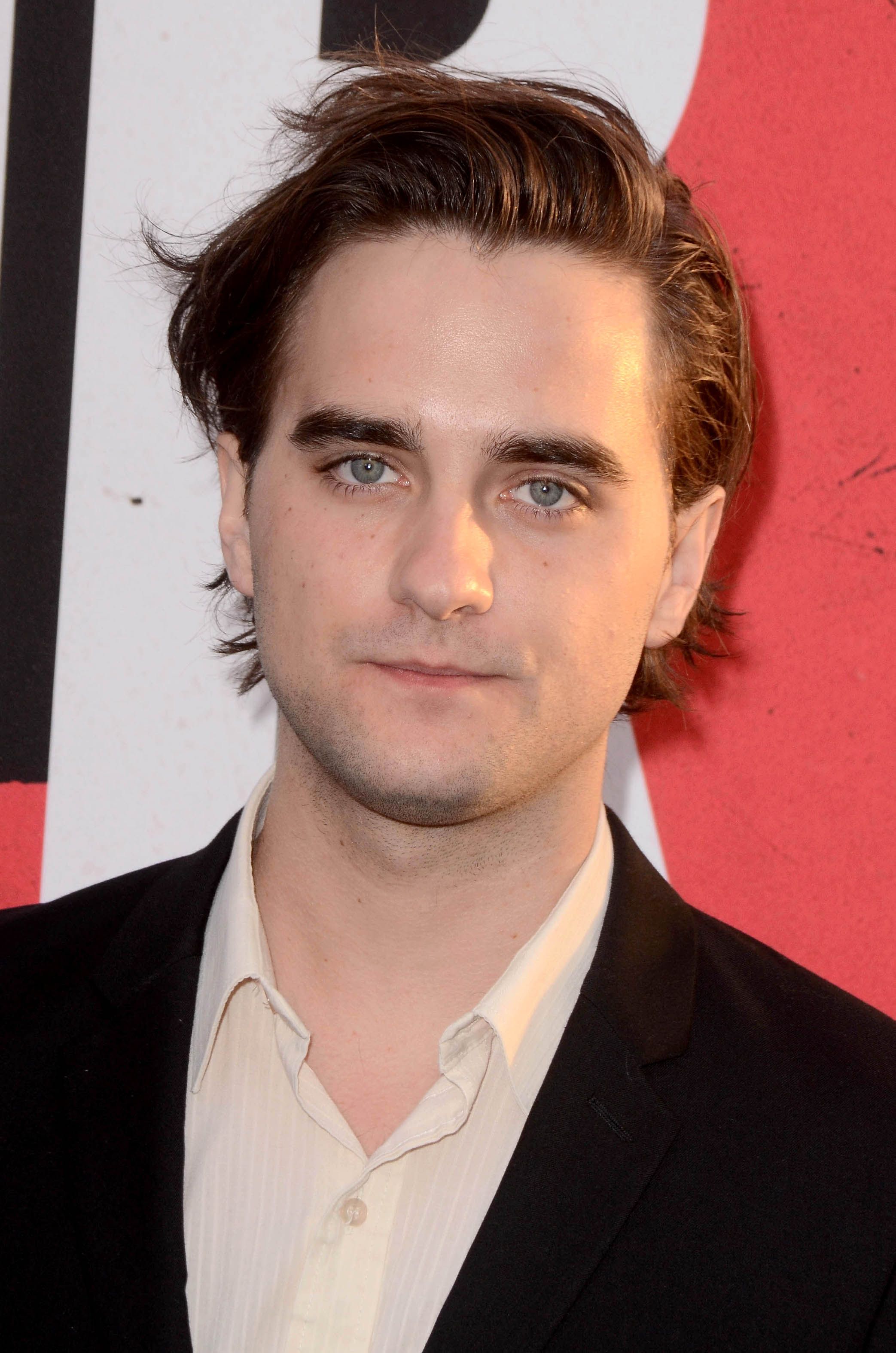
-

-

-

Christopher Heatherington
Dr. Meyer

